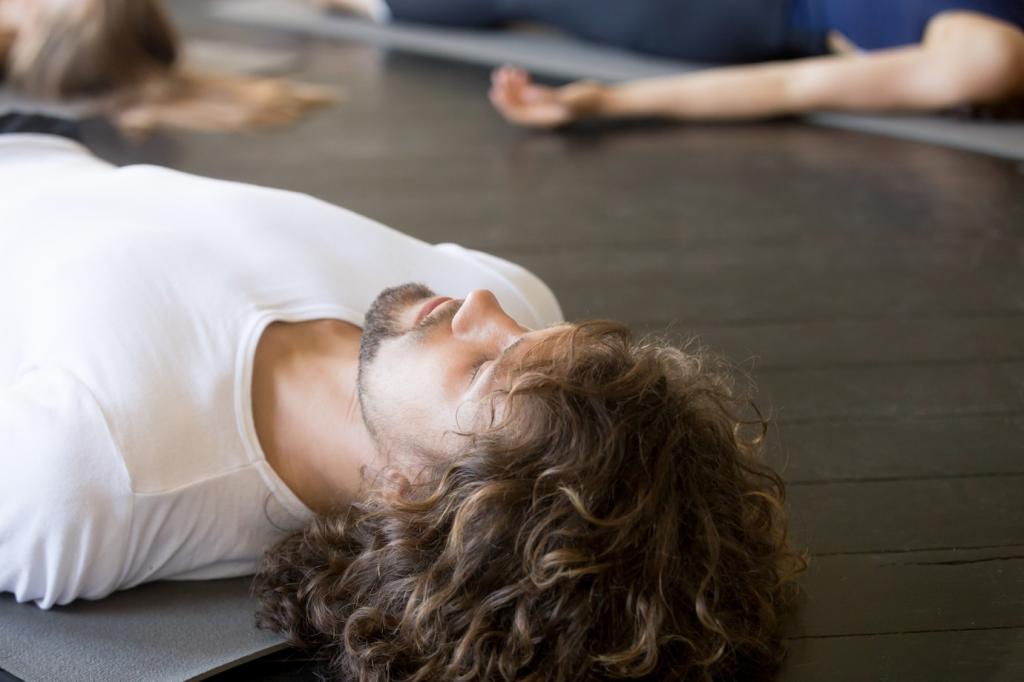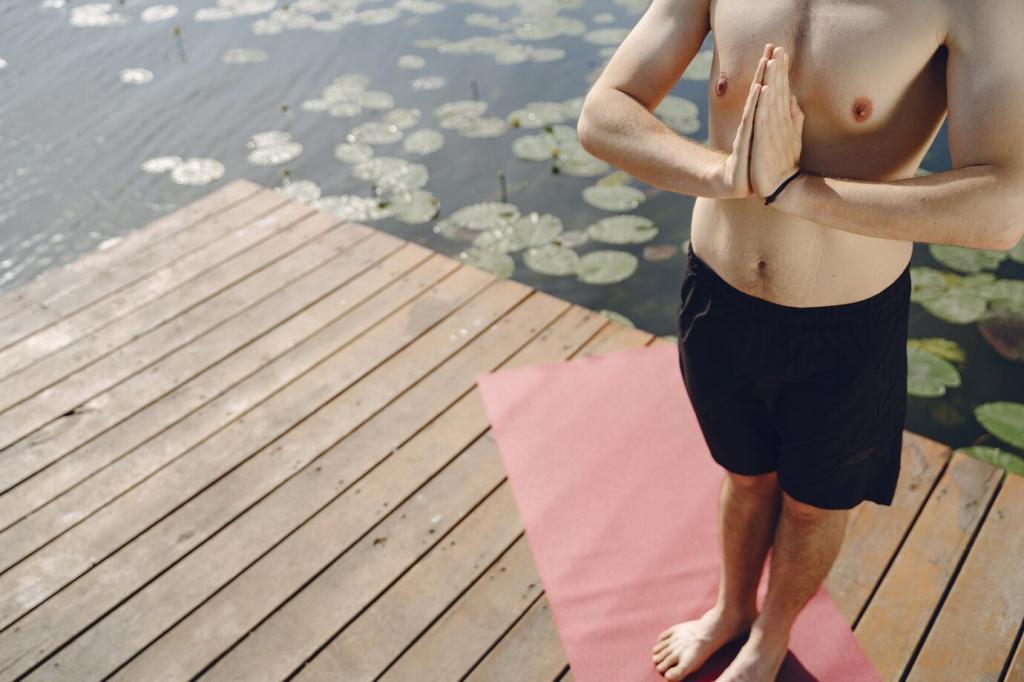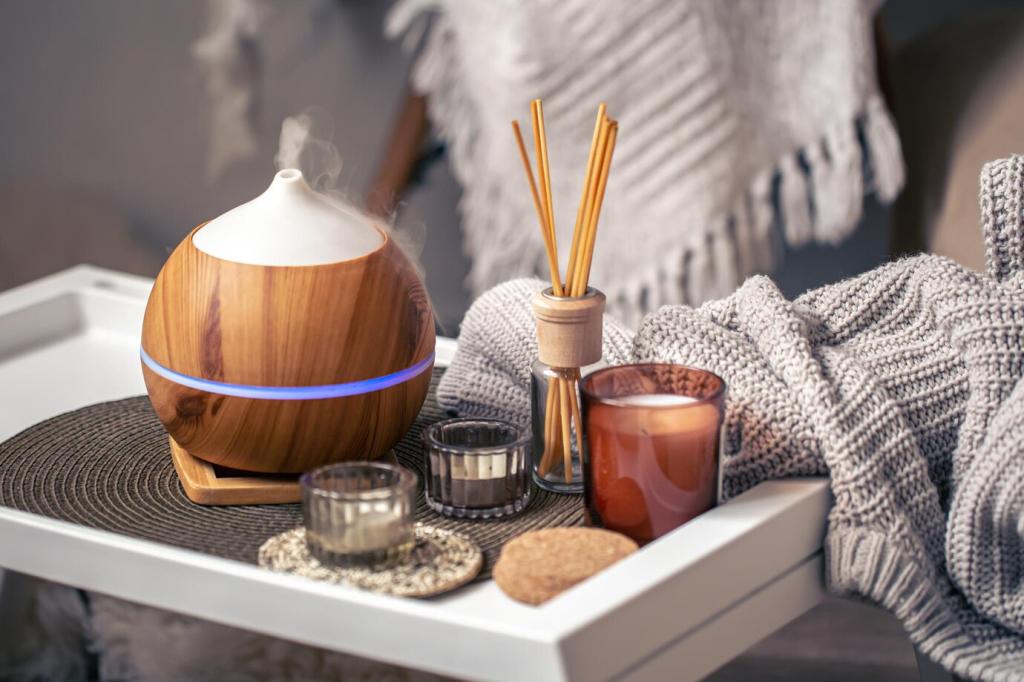Designing Your Daily Visualization Meditation Routine
Choose a consistent cue—sunrise light, a kettle’s whistle, or a calendar ping. Design a quiet nook where Visualization Meditation Practices feel inviting, accessible, and unmistakably yours, even on restless, crowded days.
Designing Your Daily Visualization Meditation Routine
Begin with grounding breaths, set intention, sketch the scene, then magnify sensory details. End by rehearsing one small action you will take today inspired by Visualization Meditation Practices.






